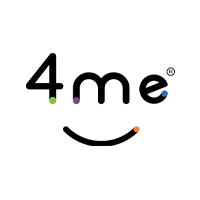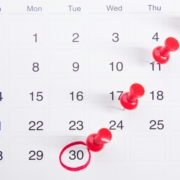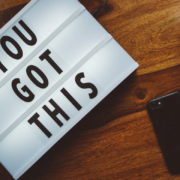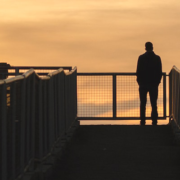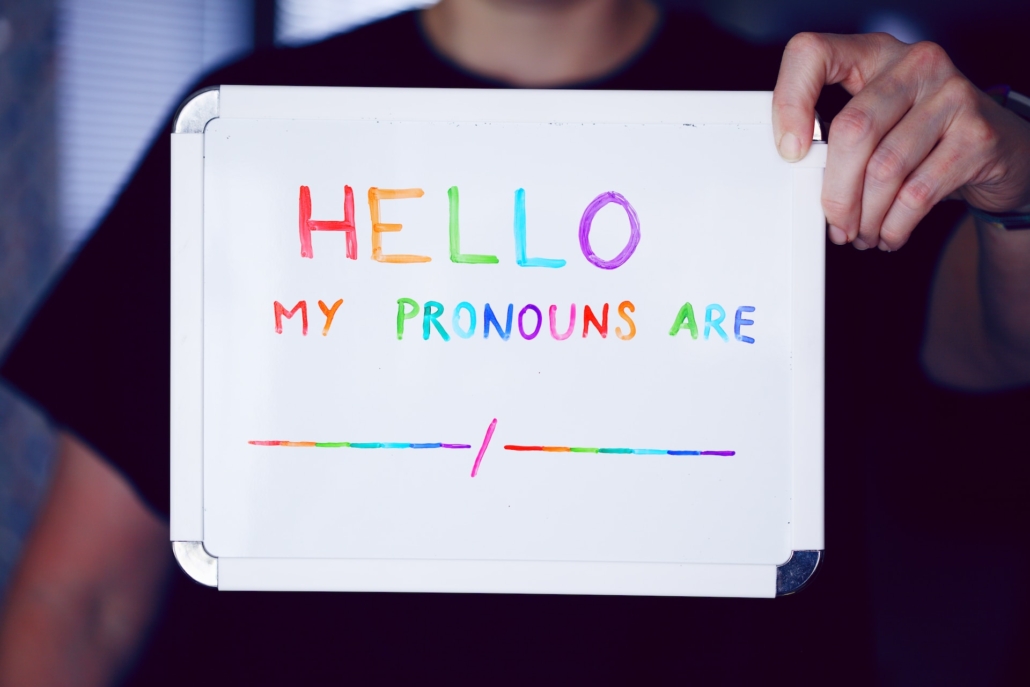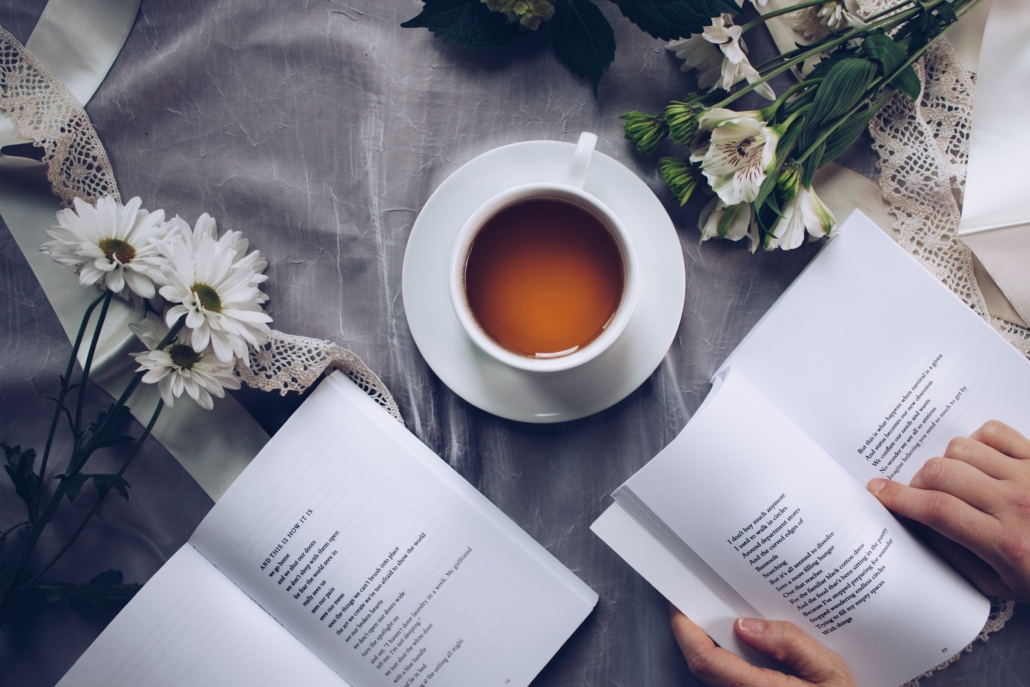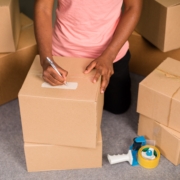Have you noticed that having clutter around your house or even in your car can make you feel edgy, overwhelmed and burdened? That it can also make your mind feel busy and confused? that decluttering your space can reduce stress and anxiety and in turn declutter your mind to make room for clarity and calm.
Less stress
When you remove items or put them away, your body produces less cortisol (the stress hormone), which in turn helps you feel more like yourself – stable, clearheaded and relaxed.
Less anxiety
Creating order helps to relieve anxiety. When things are a mess it can make you feel scattered and hassled, but a clean, tidy environment can make you feel calmer.
More confidence
Another added benefit of decluttering is the feeling of accomplishment that comes with it. It can help you feel more in control because organising and cleaning up requires problem solving and decision-making skills on your part. It also forces you to address unresolved decisions so you’re no longer dragging them around in the back of your mind.
But I’m a hoarder…what can I do?
Try the box technique
(This exercise does require some space for storage).
First you need four boxes (or several sets of four if you have lots of stuff), sticky labels and a pen. Write out four labels for the boxes; storage, donate, bin and keep. Make sure the boxes are clearly labelled so you don’t accidentally mix them up.
The storage box
Items you can’t part with but don’t need on a regular basis – like seasonal clothing or a sentimental keep sake, for example.
The donate/sell box
Items you no longer use and you’re happy to give up. These should be in good condition for others to use. If they’re not, bin them.
The bin box
This one’s pretty obvious. If the item can’t be donated, it’s broken or in poor condition, it goes in here.
The keep box
Items you want to keep and need close to hand because you use them regularly – stuff that just needs to be put away in a proper spot. Or if you have space, find a dedicated draw or cupboard space for them.
Decisions, decisions
The hard part is in the decision making. Below are some questions to consider as you sort your items:
- How often do I use it?
- Does it have a space in my home?
- Do I have sentimental attachment to it?
- If I didn’t own this item or the house burned down tomorrow, would I miss it/buy a new one to replace it?
- I can’t part with this item now, but am I willing to consider it again in six months’ time? If yes, create a separate ‘keep for six months’ box.
Once the boxes are full, take action immediately! Donate the donate items, bin the bin box, store the storage box and put the keep box somewhere handy. Then start again with the next set of boxes. If you have a lot of boxes to fill, it can be helpful to number your storage boxes and keep a central list of what’s in each so you can easily find things when you need them.
But shouldn’t I keep the things I love?
This is tough, but not if you’re left with a crowded house that’s having a negative impact on you. It’s a good idea to try and identify your motivation behind keeping the item. Ask yourself – Why do I feel the need to keep it? Is it because I love it? Does it have good memories attached to it? If I let it go, am I worried the person who gave it to me would think badly of me? Do I just want it just so no one else can have it? Food for thought…
Have fun with this. You really will feel better once you start filling those boxes!
